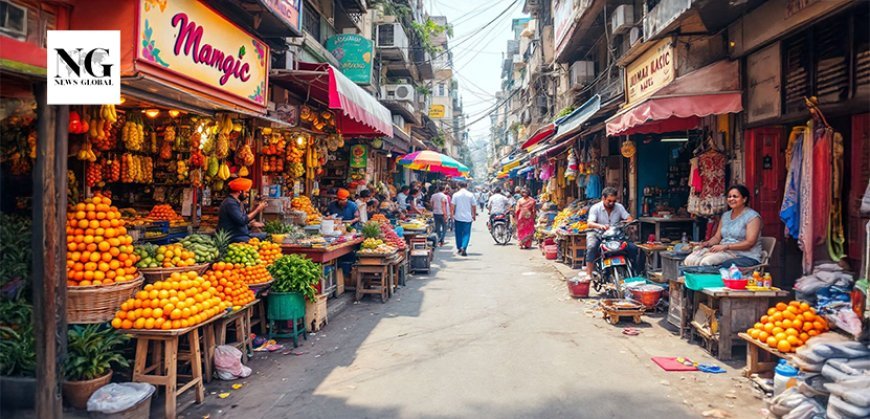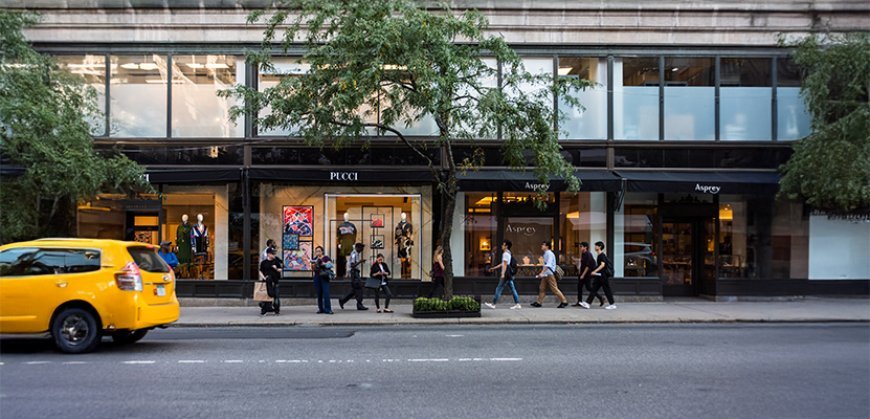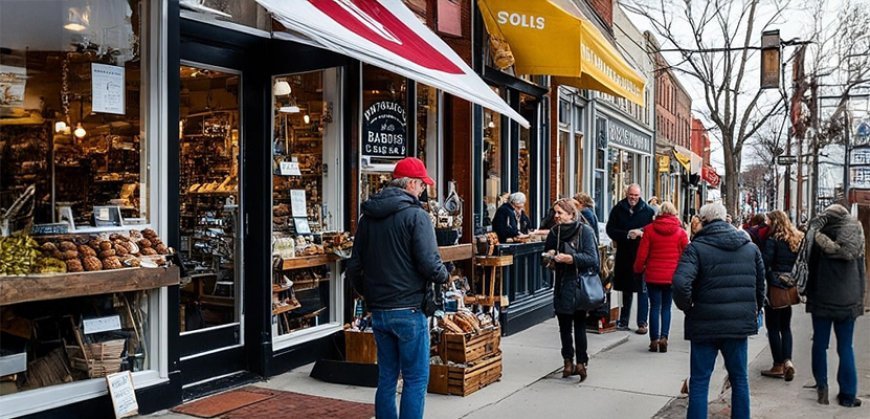From Pavements to Prosperity, How Street Businesses Are Powering GDP Growth
Could street vendors be the hidden engine behind GDP growth? Explore how informal trade fuels jobs, supply chains, and economic power.

Street enterprises within the informal economy are becoming increasingly significant contributors to GDP growth through enhanced consumer outreach, the stimulation of micro-entrepreneurship, and the strengthening of linkages with formal supply chains across urban centers in emerging and developing regions. Their economic footprint is reflected in national accounts as informal sector value added, in export performance via MSME participation, and in urban productivity through the creation of dense, cost-efficient retail and service ecosystems.
Economic Weight of Street Businesses
More than half of the world’s workers operate in the informal economy, which accounts for about one-third of GDP in low- and middle-income nations. Its growth directly impacts overall demand, job creation, and production. In many emerging economies, formal MSMEs generate 30–40 percent of GDP, and the share is far higher when informal micro and small firms are included, showing how street businesses form a critical bridge from informal beginnings to sustainable formal enterprises.
Scale of Informality and Its GDP Impact
The IMF and ILO estimate around two billion workers operate informally worldwide, with the informal economy averaging about 35 percent of GDP in developing economies versus around 15 percent in advanced economies, aligning the sector’s expansion with measurable national output effects. India’s official statistics indicate the informal sector contributed about 45 percent of GDP in FY 2022–23, underscoring how unincorporated enterprises and street commerce materially drive growth in a major emerging economy.
Street Vendors as Urban Growth Drivers

Street vending bridges the gap between informal and formal sectors, driving local growth by purchasing from registered suppliers, relying on logistics services, and creating new jobs within surrounding activities. This activity embeds sidewalk commerce into the urban production system. Urban studies in India reveal vending’s ability to transform public areas into multifunctional commercial nodes, enhancing last-mile connectivity and ensuring market inclusion for lower-income populations. Coordinated spatial planning is necessary to sustain these benefits while minimizing congestion-related efficiency losses.
How MSMEs Drive GDP and Exports
SMEs globally account for nearly 90 percent of enterprises and employ more than half of the working population. In emerging markets, their formal segment delivers up to 40 percent of GDP and leads job creation, a tangible sign of transition from small informal trading stalls to structured businesses that drive productivity growth. India’s MSME sector mirrors this global impact, contributing around 30 percent to GDP and 45–50 percent of export value. The formalization of micro vendors into this ecosystem not only increases domestic output but also expands the country’s global trading footprint.
Digitalization and the Informal Economy
Policymakers emphasize how digital payments and platforms are reshaping informality through gig work, UPI-style payment adoption, and improved administrative data, which raises measured productivity and traceability of street-level transactions in GDP statistics. Continuous improvements in statistical methods, including surveys of unincorporated enterprises and new administrative data sources, better capture informal sector GVA, making the sector’s growth more visible in headline GDP.
Informal Growth Across Africa and Emerging Economies

Studies across Africa and nearby regions show that informal work, such as small street businesses, is on the rise. According to MIMIC model estimates, this growing sector plays a key role where formal jobs are not increasing fast enough. Global reports highlight that for low-income countries to grow steadily, the private sector must include everyone, with informal and micro businesses helping build a stronger base for productivity.
Vendor-Friendly Policies for Economic Growth
Vendor-friendly urban design, clear licensing, and designated vending zones can reduce frictions, keep sidewalks flowing, and unlock higher turnover that aggregates as city GDP growth. Credit access, cluster development, and MSME support programs catalyze formalization and scaling, with India’s schemes like CGTMSE, PMEGP, and RAMP demonstrating how state-backed instruments connect micro vendors to finance and markets for GDP lift.
Key Mechanisms Linking Informal Work to Growth
- Demand expansion: Street vendors lower distribution costs and widen access to essentials, boosting real consumption and smoothing shocks in low-income neighborhoods that drive aggregate demand.
- Supply chain integration: Strong backward linkages to formal suppliers’ channel informal revenues into formal sector turnover, reinforcing manufacturing and logistics GVA.
- Employment intensity: Informal retail and services absorb labor at scale, supporting household incomes and multiplying through local economies into measurable GDP growth.
Advances in Tracking Informal Economy Impact
International guidance in the next SNA/BPM revisions clarifies definitions and classifications for informal activities, aligning country practices and improving cross-country comparability of informality’s GDP footprint. ILOSTAT’s consolidated data, methods, and publications on informality provide a consistent statistical backbone for policymakers and analysts tracking the growth contribution of street businesses.
FAQs
Why are street businesses important for GDP?
Street vendors and micro enterprises generate local economic activity by creating jobs, supporting supply chains, and increasing consumption. They act as a bridge from informal trade to structured markets, contributing significantly to national growth.
How much do informal businesses contribute globally?
Globally, over 2 billion workers operate informally. In developing countries, the informal economy accounts for roughly 35% of GDP, while in advanced economies it’s around 15%, showing its critical role in overall economic output.
Can small vendors transition into formal businesses?
Yes. With support like credit access, MSME programs, and cluster development, informal vendors can formalize, scale operations, and integrate into broader economic networks, enhancing productivity and contributing to exports.
How does digitalization affect street-level commerce?
Digital payments and platforms make informal transactions more traceable and efficient. They help vendors receive payments quickly, improve record-keeping, and integrate revenues into official GDP statistics.
Are informal businesses relevant in advanced economies?
Yes. Although smaller in scale, informal work exists through gig jobs, seasonal services, and side businesses, providing flexibility and supplementing formal employment.

 Admin
Admin